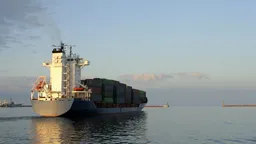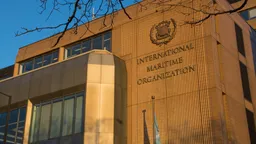Interested in this kind of news?
Receive them directly in your inbox. Delivered once a week.
The EEA figures showed greenhouse gas emissions fell by 3.3% in 2011 to 83% of what they were in 1990. The EEA said the fall was partly the result of a milder winter than in 2010, and that an increase in high-carbon fuels such as coal, coupled with a decrease in use of natural gas, prevented the fall from being even greater. But the fact that a 3.3% reduction was achieved with a 1.6% rise in GDP suggests that economic growth is no obstacle to emissions reduction.
In 2008, the EU committed itself to reducing greenhouse gas emissions levels by 2020 to 80% of what they had been in 1990, and said it would be willing to make the target 30% if the rest of the world would commit to the same reduction. The EEA figures suggest it is almost at its 20% reduction nine years early. Moreover, the Sandbag climate campaign has adjusted the emissions to allow for ETS offsets – with these taken into account, the 2011 figure is 78.6% of 1990 levels, a reduction of 21.4% instead of 17%.
T&E director Jos Dings said: ‘A climate policy that reaches its target almost 10 years ahead of schedule is clearly a weak one. More importantly, these figures discredit the argument that legislators should be more lenient with industry in times of economic hardship. The EEA figures show it makes huge economic sense to invest in new, clean technologies when the economy is suffering because interest rates are very low, and incentives for innovation and job creation are badly needed. Short-term cost considerations should not prevail over long-term benefits, as is often the temptation during a recession, so what we need are tighter 2030 targets that provide long-term investment certainty to businesses. A number of EU states support this idea, but there are still too many dragging the rest back.’


